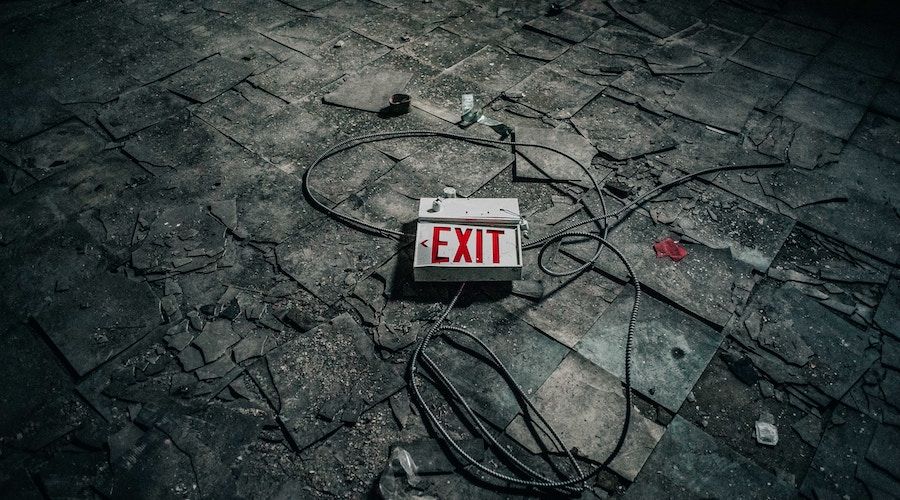
Tech doesn’t help your business when it’s not working.
We all strive for perfection and promise 99.99% uptime. But outages happen. Natural disasters, cyber attacks, and simple human error can lead to random outages. It’s not a matter of if, but when. This is why it’s important to be prepared like a scout. Every business needs an outage resiliency plan to recover as quickly as possible. After all, getting back on your feet is crucial to your business’s future.
Beyond Disaster Recovery
Your business probably has a disaster recovery plan, but a business continuity or resiliency plan isn’t the same thing. A disaster recovery plan only covers restoring your infrastructure after an incident. It doesn’t cover how to respond during the outage period. Both are essential elements of a fully business resiliency plan.
Businesses need a plan in place to recover as quickly as possible, yet most have either no plans in place or only partially documented plans. Of those with plans, many never test them.
Know Your Points Of Failure
The first step in creating a resiliency plan is knowing your points of failure. What are your biggest risks? How is each department affected by those risks? For instance, if all IT systems go down at one time, is there anything your business can continue doing?
Prioritize your resiliency plan based on its impact on your business. This helps you discover the most critical parts of your business. Then develop procedures to recover critical elements first.
Understanding Downtime
When determining the order in which to recover from an outage, you have to understand downtime. Thinking about downtime is like staring into the abyss. because you don’t know how deep (or long) it is. In one survey, 28% of businesses said they lost access to their data center for more than a week. If your business relies on a data center, your business would be crippled if downtime lasted for weeks at a time.
However, all downtime during an outage isn’t critical. It may be inconvenient, but parts of your business will continue to operate. For instance, if your phone systems experience an outage, you will still have alternative forms of communication, such as email.
Look at the cost of the downtime in each area of your business. The most costly areas are usually the most critical.
Contingency Plan
Now, it’s time to create a plan to work through an outage for every part of your business. This ensures employees know what actions to take to help the business recover as quickly as possible.
Critical systems come first. These are the areas that are vital to running at least the basic functions of your business. For instance, you may be able to move core components to the cloud using virtualization. You may have backups that can be uploaded to another data center during the outage.
If your business uses security cards or identification codes, you’ll need a plan for overriding these systems to help employees move around until servers are back up.
Failsafe Testing
Creating a plan isn’t nearly enough. What works in powerpoint, doesn’t always work in reality. When the panic sets in during an outage, is it possible for employees to follow the steps in the plan? Are the steps clear enough? Does the plan have failsafe systems in place?
Alan Lakein once said, “Failing to plan is a plan to fail.” Failure to test your resiliency plan will place your business at greater risk. You could be exasperating the situation by allowing employees to make ad hoc decisions out of panic and pressure. It’s like attempting to put out a grease fire out with water.
Running simulations will allow you to go through various scenarios to stress test your resiliency plan. Don’t be surprised if your resiliency plan goes through several iterations and refinements. For help in creating and testing your plans, consider using TechTarget’s templates and guidelines.
Having the right partner makes all the difference in recovering from an outage. Contact us today to see how our services help reduce outages and downtime and get your business back to normal quickly.
Image:Kev Seto







